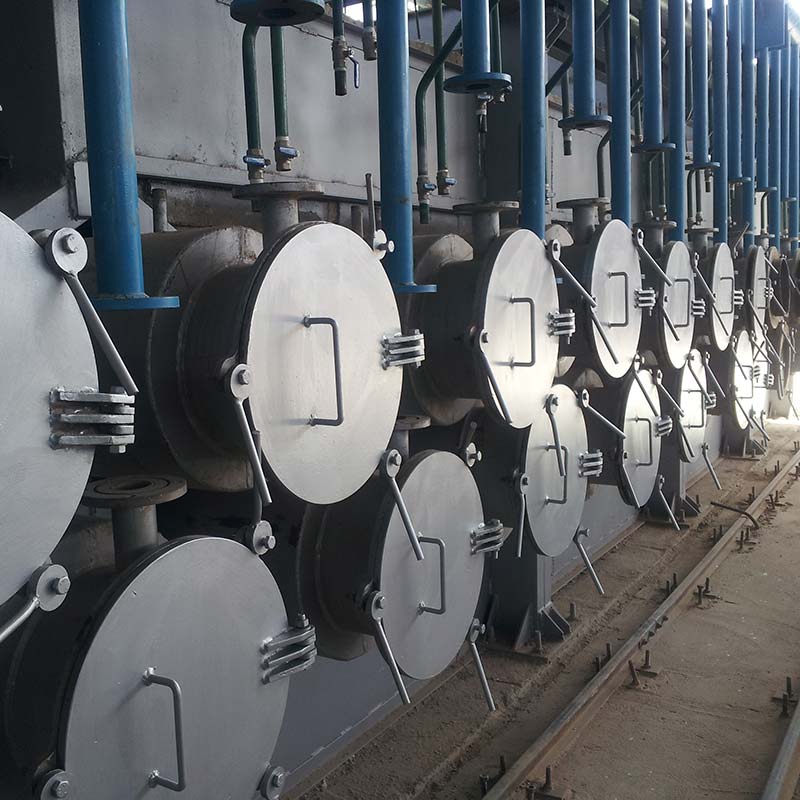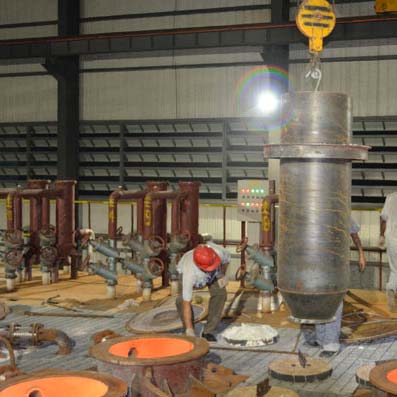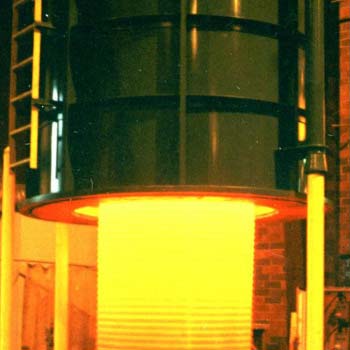Gas-Fired Retort Furnaces
A versatile furnace with uniform temperature
A gas-fired retort furnace utilizes natural gas or propane as a fuel source to generate high temperatures within a controlled environment. This furnace is commonly used in industries such as metallurgy, ceramics, and chemical processing.
The main components of a gas-fired retort furnace include a combustion chamber, a retort, burners, control systems, and safety features. The combustion chamber is where the fuel is burned to produce heat. It is typically lined with refractory materials that can withstand high temperatures. The retort, on the other hand, is a sealed container where the material to be treated is placed. It is made of heat-resistant alloys or ceramics to ensure durability and prevent contamination.
Gas-fired retort furnaces offer several advantages over other types of furnaces. Firstly, they provide excellent temperature uniformity throughout the retort, ensuring consistent heat treatment across all parts of the material being processed. This is crucial for achieving desired material properties such as hardness, strength, or chemical composition.
Secondly, gas-fired retort furnaces are highly efficient in terms of energy consumption. The combustion process can be optimized to minimize fuel consumption while still maintaining the required temperature levels. Additionally, these furnaces can be equipped with heat recovery systems that capture waste heat and use it for other purposes, further improving energy efficiency
These furnaces are extensively used in the metallurgical industry. Magnesium and calcium are produced by these furnaces. They are also used for processes such as annealing, tempering, hardening, and brazing of metals. They are used for processes such as sintering, firing, and glazing ceramics. Gas-fired retort furnaces can be used for catalyst activation, calcination, pyrolysis, and thermal decomposition of chemicals. They are employed in industries such as powder metallurgy and additive manufacturing (3D printing) to enhance the properties of metal powders. They are also employed for processes such as solder reflow, annealing of semiconductors, and curing of electronic adhesives.


